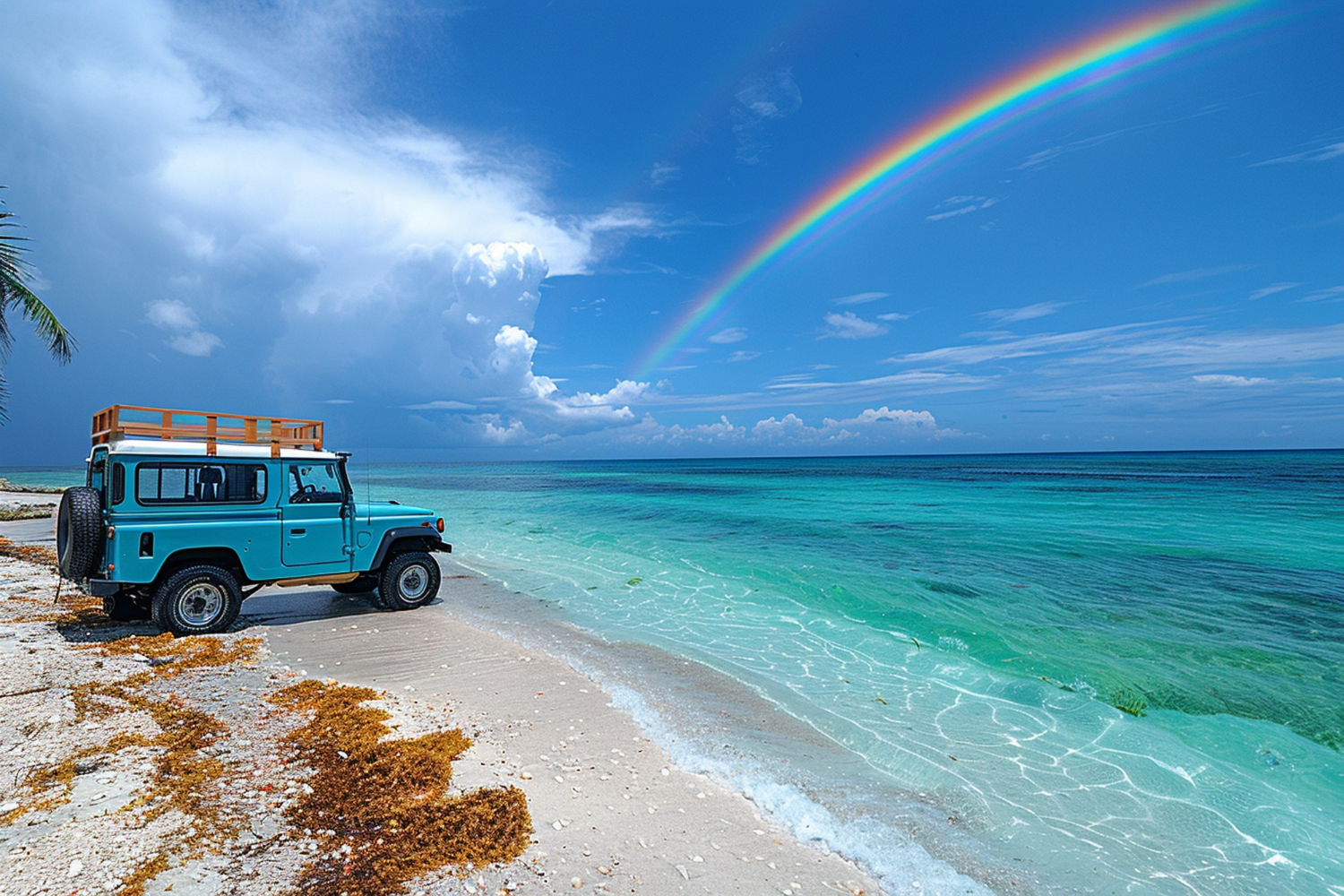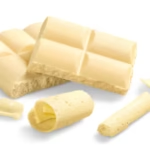Hawaii in January carries a rhythm that feels both refreshing and balanced. The holiday season has just passed, leaving behind a gentle festive glow, while the islands welcome the new year with cooler breezes, clear skies, and a slower pace of life. For many travelers, January is one of the best times to experience Hawaii’s unique combination of natural beauty, cultural richness, and seasonal wonders. From humpback whales breaching offshore to the towering surf of Oʻahu’s North Shore, the islands deliver experiences you simply won’t find during other months.
This guide explores everything you need to know about visiting Hawaii in January. You’ll discover what the weather feels like, how the seasonal atmosphere shapes travel experiences, the best places to explore across each island, events and festivals that light up the calendar, outdoor activities to enjoy, and essential travel tips for making the most of your trip. Whether it’s your first time or your tenth, January offers a side of Hawaii that blends comfort, excitement, and tranquility in perfect harmony.
Hawaii’s Weather in January
Weather is one of the biggest questions travelers ask before booking a winter escape, and Hawaii in January provides some of the most comfortable conditions of the year. Daytime highs typically reach the upper 70s to low 80s Fahrenheit (around 25–27°C), making it warm enough for beach days without being overwhelmingly hot. Nights dip into the mid-60s (18–19°C), which feels cool compared to the summer months, so packing a light sweater or jacket is a smart idea.
January is part of Hawaii’s wetter season, but rainfall varies greatly depending on where you stay. The windward sides of the islands, facing northeast, receive more showers, while the leeward sides remain much drier and sunnier. Even when rain does fall, it usually comes as brief showers that pass quickly, often leaving behind rainbows arching across the sky.
Sunshine hours average between seven and eleven hours per day, giving you plenty of daylight for sightseeing, hiking, or simply relaxing on the sand. The ocean remains inviting, with sea temperatures around 75°F (24°C), which is comfortable for swimming, snorkeling, and other water activities.
When packing for Hawaii in January, think versatility. Lightweight clothing for warm afternoons, a light jacket or sweater for cooler evenings, and a compact rain jacket or poncho will cover most situations. Footwear should include both sandals for the beach and sturdy shoes for hiking trails. With this balance, you’ll be ready for the island’s varied microclimates.
Seasonal Atmosphere Across the Islands
Every month in Hawaii has its own character, and January is no exception. Compared to summer, the islands feel calmer and fresher. The post-holiday season energy creates an interesting mix: lively around New Year’s celebrations but noticeably quieter as the month progresses.
The festive spirit lingers in towns and cities during the first week of January, with fireworks, music, and gatherings marking the transition into the new year. But by mid-month, Hawaii eases into a more relaxed rhythm. This is when travelers can enjoy a sweet spot — the benefits of peak whale season and surfing competitions without the heavy summer crowds.
For first-time visitors, January offers a comfortable introduction to Hawaii. The weather is mild, and the range of events ensures there’s always something to experience. For returning travelers, this month delivers a deeper appreciation of the islands’ balance — the contrast of roaring surf on one coast and tranquil bays on another, or the ability to hike cool, misty trails in the morning and sunbathe in the afternoon.
The atmosphere feels both energized and peaceful, making Hawaii in January a time that caters equally to adventure seekers and those searching for calm.
Best Places to Visit in Hawaii in January
Hawaii is not one single experience but a collection of islands, each with its own highlights. January allows you to enjoy some of their most iconic features at their seasonal best.
Oʻahu’s North Shore for Surfing Excitement
If you’ve ever seen photos of towering waves and fearless surfers riding massive swells, chances are they were taken on Oʻahu’s North Shore in winter. January is the peak of big-wave season, with legendary breaks at Waimea Bay, Sunset Beach, and Banzai Pipeline drawing professional surfers and spectators from around the world. Even if you don’t surf, simply watching from the shore is unforgettable. The energy is electric, and on some days, you may witness competitions that only happen when conditions are just right.
Maui for Whale Watching and Ocean Activities
Few experiences rival whale watching in Maui during January. Each year, thousands of humpback whales migrate from Alaska to the warm waters between Maui, Molokaʻi, and Lānaʻi. The channel here becomes one of the best whale watching spots on Earth, and January is the peak of their season. Boat tours from Lāhainā or Maʻalaea Harbor provide close-up encounters, but you can also spot them from land at Papawai Point. Alongside whale watching, Maui offers calm winter snorkeling at spots like Molokini Crater and sun-drenched beaches for relaxed afternoons.
Big Island for Stargazing and Volcanic Landscapes
The Big Island offers a unique mix of adventure and wonder in January. Clear winter nights make Mauna Kea one of the best stargazing locations in the world. At the summit or visitor center, the combination of altitude and dark skies allows you to see constellations with remarkable clarity. During the day, you can explore Hawaiʻi Volcanoes National Park, where steaming craters, lava tubes, and lush rainforests show the island’s raw natural power. January’s cooler weather makes hiking here especially pleasant.
Kauaʻi for Lush Valleys and Waterfalls
Kauaʻi, known as the Garden Isle, becomes even more vibrant in January thanks to seasonal rainfall. The Hanalei Valley glows in shades of green, with taro fields surrounded by misty mountains. Waterfalls such as Wailua Falls and Secret Falls are at their most powerful, and kayaking along the Wailua River immerses you in the island’s natural beauty. Trails like the ʻOkolehao or Kalalau (with permits) provide breathtaking views, though it’s wise to prepare for muddy conditions.
Top Events and Festivals in January
Events and cultural experiences give January in Hawaii its distinctive charm. The month kicks off with New Year’s fireworks lighting up Waikīkī Beach on Oʻahu, a spectacular way to welcome the year.
Throughout the month, Maui celebrates the Whale Festival, combining whale watching with educational and conservation events. On the Big Island, the Waimea Cherry Blossom Heritage Festival introduces visitors to Japanese culture against the backdrop of blooming cherry trees. Honolulu often hosts arts showcases, while Hilo highlights the region’s lush environment with orchid expositions.
These events are not only entertaining but also provide deeper connections to the islands’ culture and traditions. Attending one helps visitors appreciate Hawaii beyond its beaches and landscapes, showing the vibrant communities that keep traditions alive.
Outdoor Activities to Enjoy
Hawaii in January is not just about watching — it’s about doing. The cooler air makes hiking especially enjoyable, whether you’re trekking through rainforest trails on Kauaʻi, exploring Haleakalā’s Sliding Sands Trail on Maui, or walking around craters on the Big Island.
Beaches remain central to the experience. While surf is wild on the North Shore, other parts of the islands offer calm waters perfect for snorkeling and swimming. Poʻipū Beach in Kauaʻi, Kaanapali Beach in Maui, and Waikīkī on Oʻahu provide different atmospheres, from family-friendly to lively.
Adventure seekers will find kayaking along rivers, scenic coastal drives, and opportunities for surfing lessons in more sheltered spots. The mix of land and sea activities means every day can be as active or relaxed as you wish.
Travel Tips for Visiting Hawaii in January
Because January falls within Hawaii’s high season, planning is key. Flights and accommodations tend to be more expensive around New Year’s, but prices and crowds ease slightly after the first week. Booking in advance is essential, especially for popular tours like whale watching or cultural experiences.
Packing should focus on comfort across varied conditions: lightweight clothing, swimwear, sun protection, a light jacket for evenings, and waterproof gear for sudden showers. Versatility ensures you’re ready for both a sunny beach day and a misty mountain hike.
Budgeting wisely can make a big difference. Traveling just after the New Year’s rush often means more availability and sometimes lower prices. Choosing less crowded beaches, mid-week activities, and exploring farmers markets or local eateries also helps balance expenses while deepening your cultural experience.
Conclusion
Visiting Hawaii in January reveals a side of the islands that blends festive energy with calm moments. The weather is mild and refreshing, events bring communities to life, and the natural world puts on its seasonal show — from breaching whales to towering surf. Each island offers something special, whether it’s stargazing on the Big Island, waterfalls on Kauaʻi, or the legendary waves of Oʻahu.
With thoughtful planning, you can enjoy the best of both worlds: the excitement of peak season highlights and the tranquility of quiet corners waiting to be discovered. Hawaii in January is more than just a winter escape — it’s a chance to begin the year surrounded by beauty, culture, and experiences that linger long after you leave.
My name is Micheal Lovell. I am a dedicated travel writer with over 7 years of experience in creating informative and engaging travel content. Throughout my journey, I have published travel blogs that help readers explore new destinations, plan better trips, and discover local cultures and hidden gems around the world. My goal is to provide practical travel insights through well-researched articles that inspire and guide travelers at every step of their journey.










